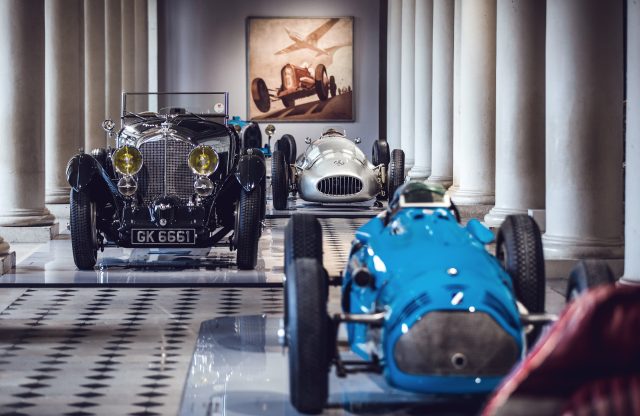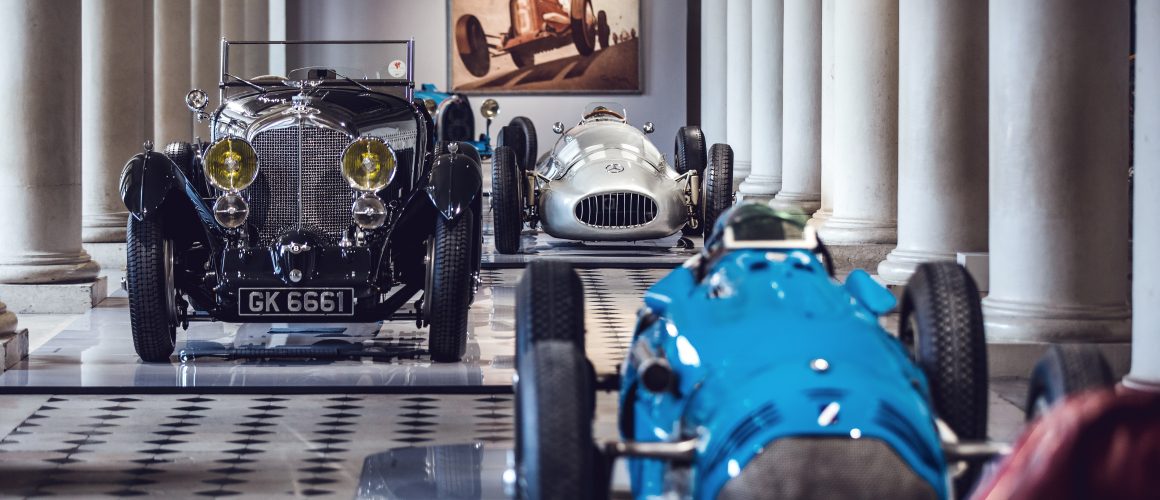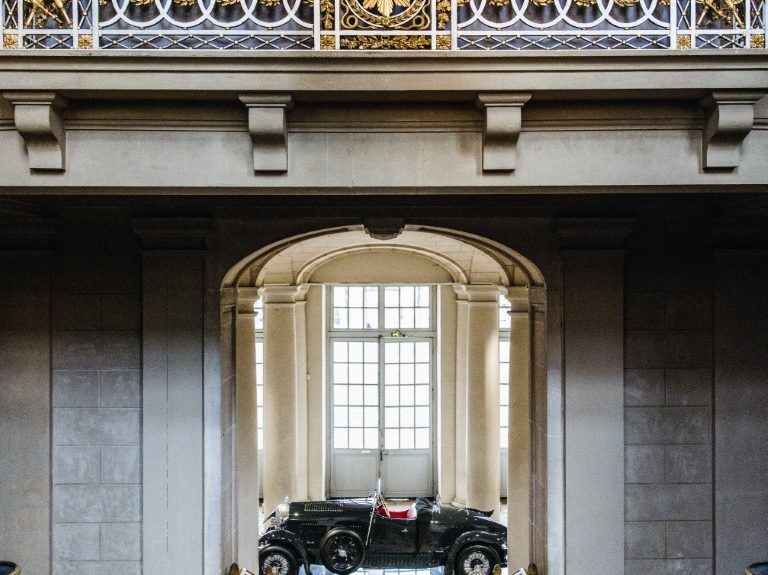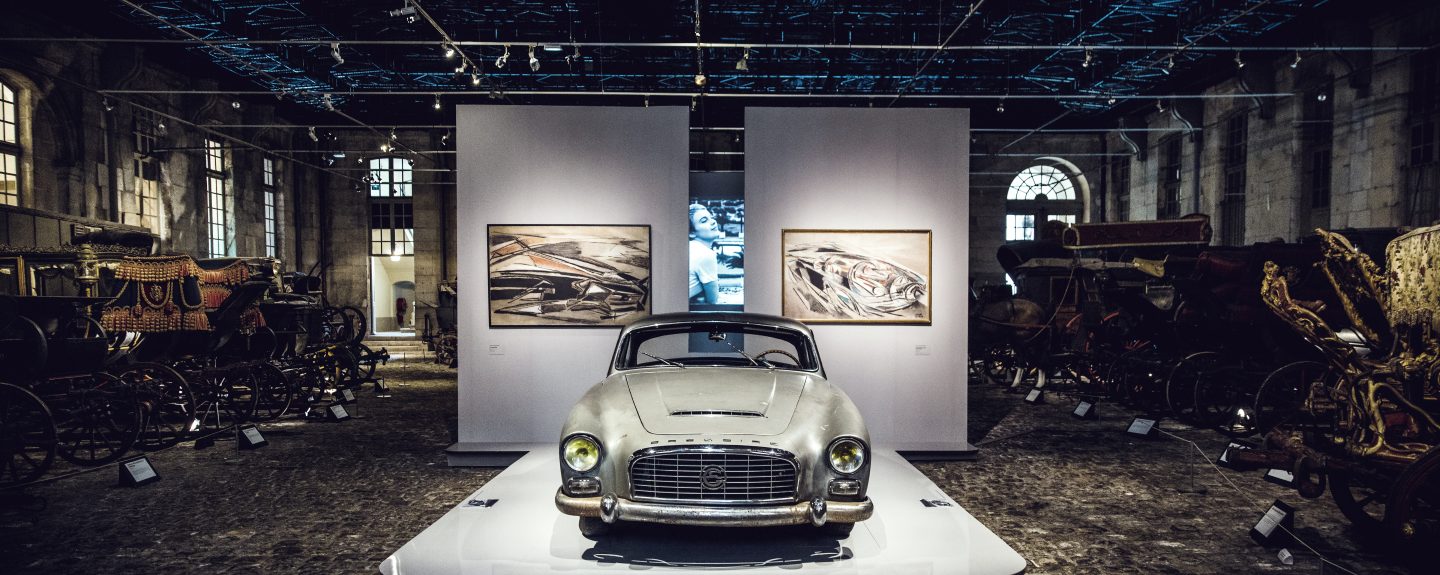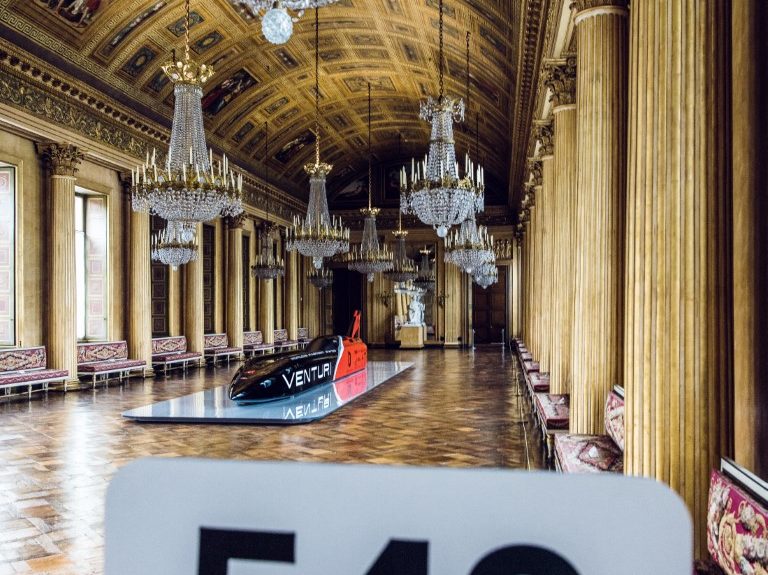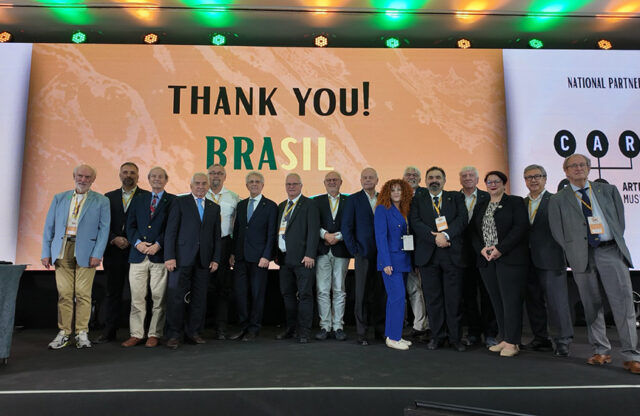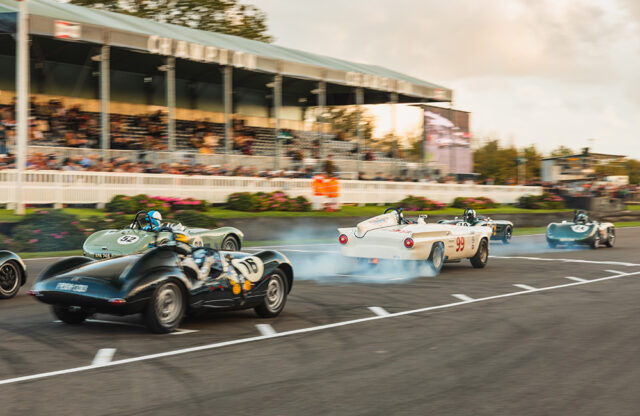WORDS: ELLIOTT HUGHES | PHOTOGRAPHY: Laurent duchene
Former residence of Louis XV, Château de Compiègne in Northern France, opened its Vitesse display on December 9, 2021. The stunning new exhibition is a celebration of the human pursuit of speed throughout history, from antiquated Roman chariots and horse-drawn carriages to racing cars. It’s scheduled to run until March 28, 2022.
“Since the dawn of time, man has sought to go as quickly as possible, as far as possible,” says museum director Rodolphe Rapetti.
Evidence of humanity’s insatiable desire to go faster and further than yesterday is easy to find, too; what started with the humble chariot has evolved into the fighter jet and James Webb telescope, currently hurtling through the void of space at 800mph.
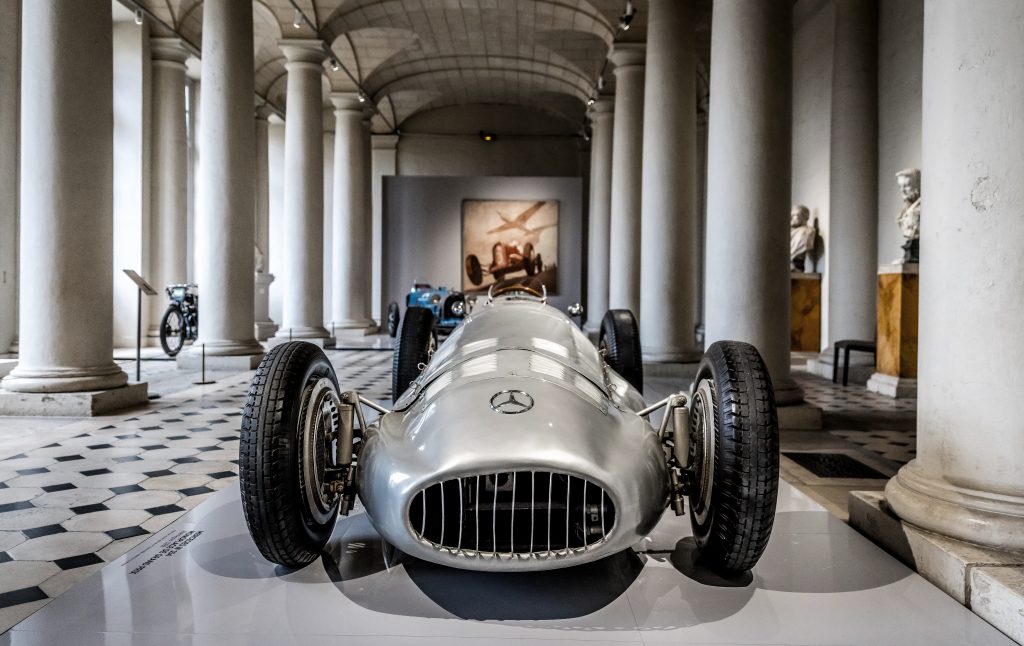
Vitesse’s celebration of our thirst for speed is refreshing when mankind is currently reassessing its relationship with vehicles. Environmental and economic issues have caused cracks to form in civilisation’s love affair with the motor car in particular, but Vitesse demonstrates that, like speed, technology can never be static.
And what better way to illustrate the Darwinian march of technology than by displaying innovative curiosities of yesteryear? The display of the aptly named 1899 La Jamais Contente (The Never Satisfied) and its modern equivalent, the 2016 Venturi VBB-3 epitomise this progress; both are sharp-nosed, record-breaking machines designed to go as fast as possible, separated by 117 years of progress.
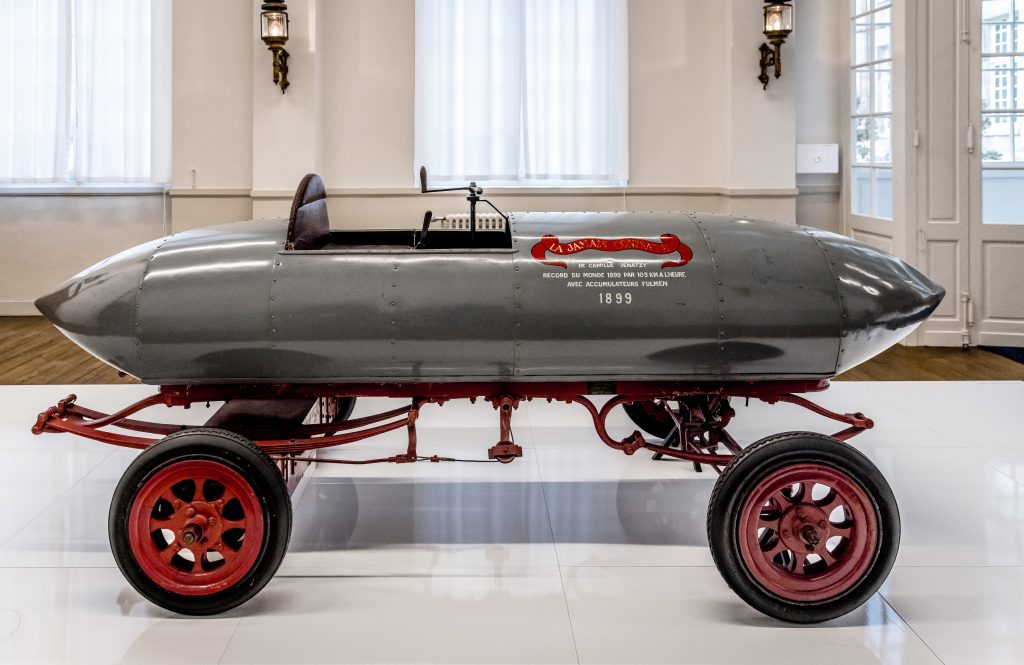
The role of speed in the development of art and popular culture is an underappreciated phenomenon explored by Vitesse. The exhibition’s first room, which centres around the display of a reconstructed Roman chariot, explains our modern perception of racing drivers as gladiators and emphasises that racing has been entertainment for thousands of years. This is reinforced with the inclusion of several perilous pre- and post-war single seaters steered by legends such as Albert Ascari, Juan-Manuel Fangio and Jim Clark.
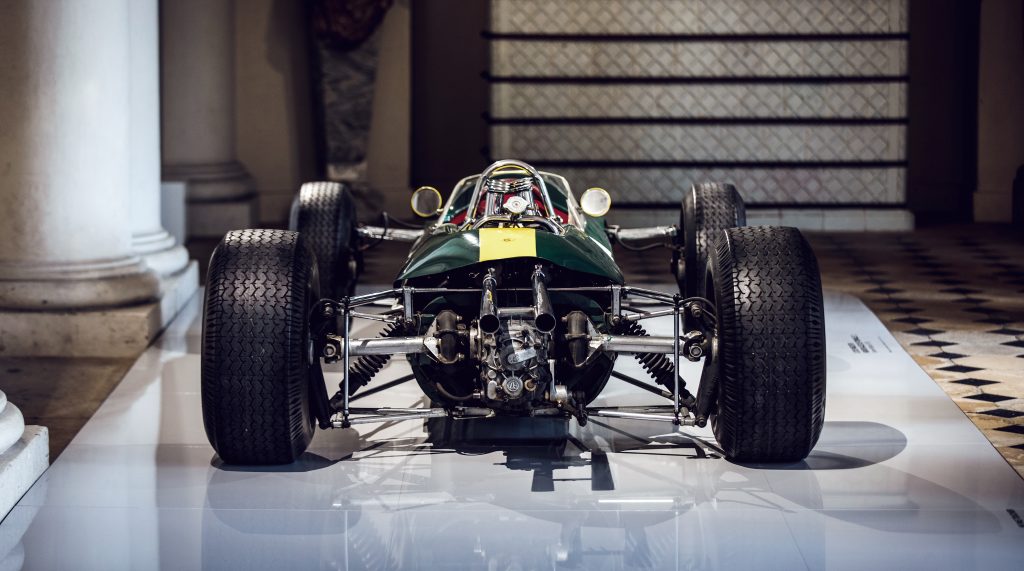
Vitesse continues to relay the long-term relationship shared between speed and entertainment as visitors move through the exhibition from antiquity to modernity. Screenings of films – Les Vampires, by Louis Feuillade, which shows the first pursuit scene, Laurel and Hardy’s Kid Speed (1926), and Thirteen Women (1932) by George Archainbaud – reveal that scenes of speed emerged on-screen almost immediately.
The exhibition also demonstrates that the pursuit of speed has been just as instrumental in progressing art. The display of various artworks including drawings, paintings, sculptures and photographs are the most obvious examples of this, but the vehicles displayed serve the same purpose and are artforms in their own right.
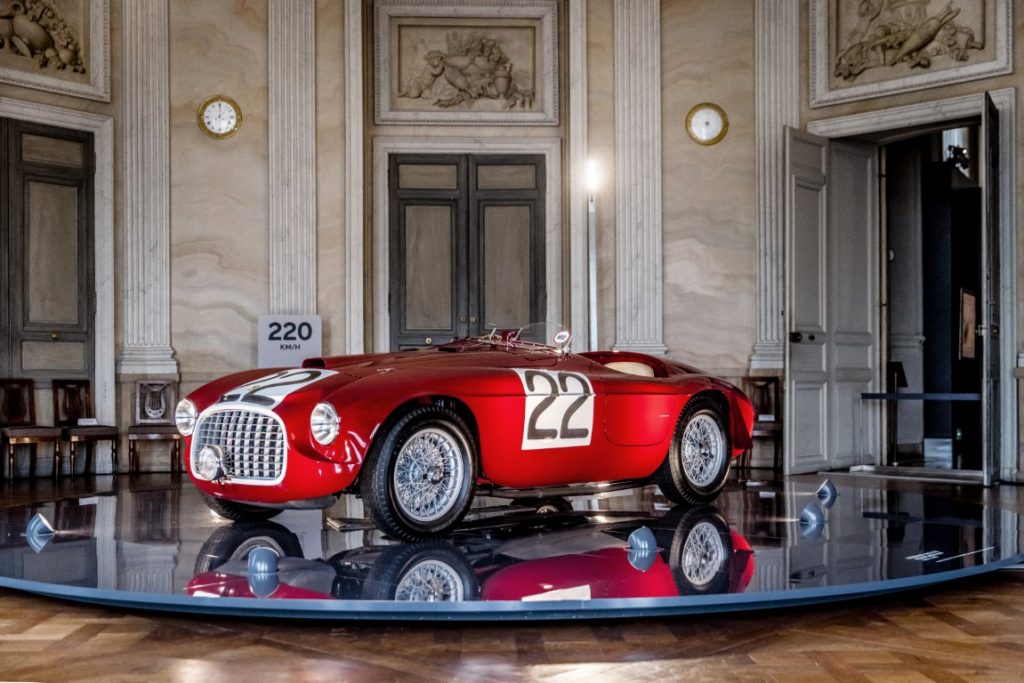
Decorative features of the chariot, for example, serve no functional purpose; they simply add to the mysticism and romanticism of the vehicle and the spectacle of racing. The same is true of the evocative Cavallino Rampante emblems adorning the 1949 Le Mans-winning Ferrari 166M, or the polished Flying B mascot sitting atop the bonnet of the imposing Bentley Blower.
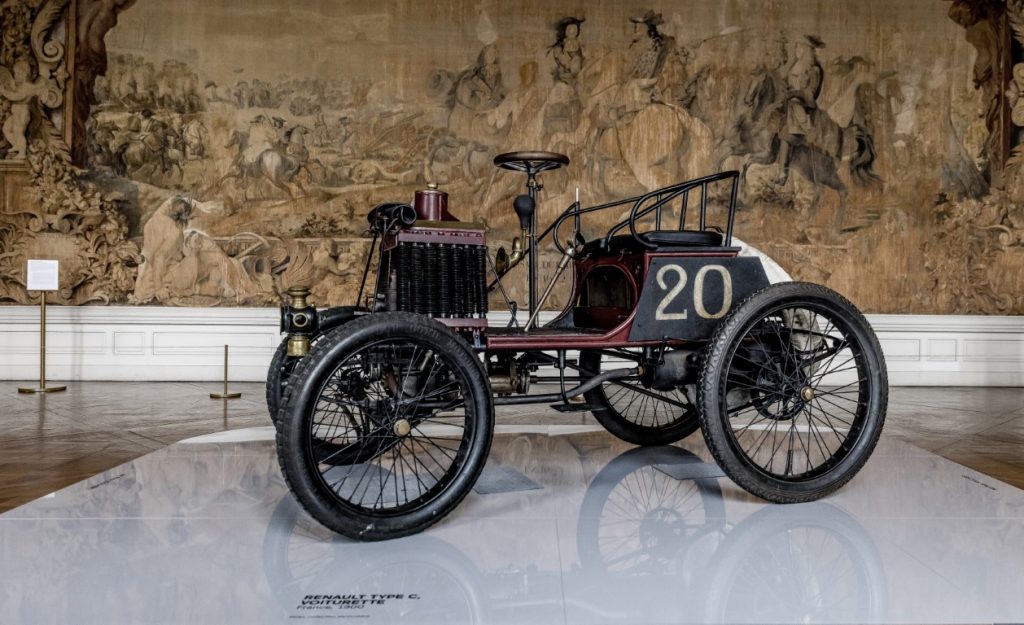
For more information on the Vitesse exhibition and tickets, click here.
If you liked this, then why not subscribe to Magneto magazine today?
